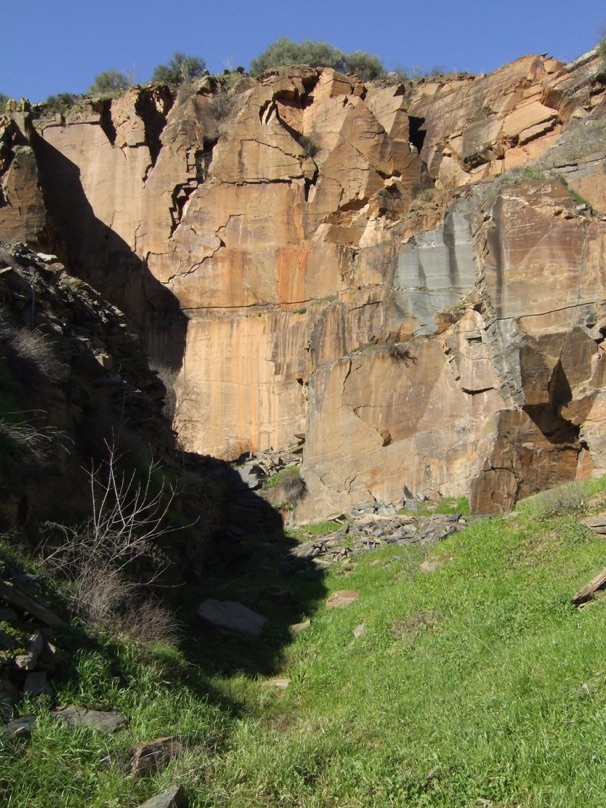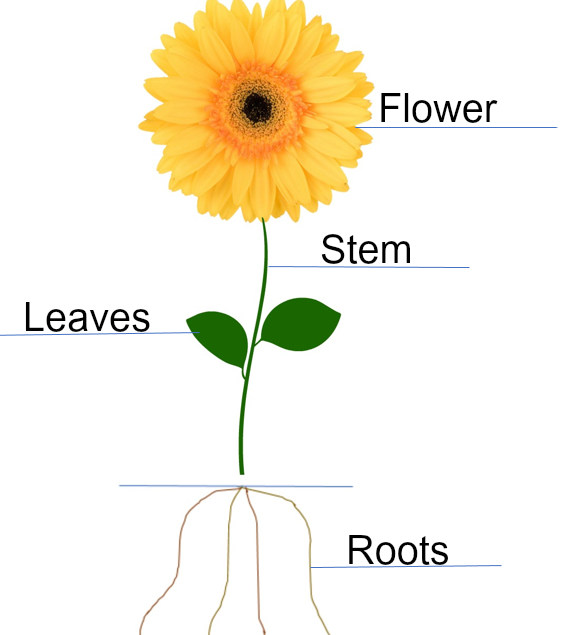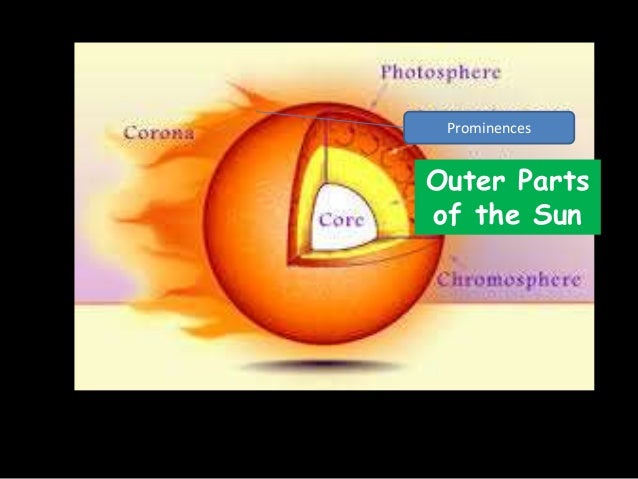38 labeled parts of the sun
Layers of the Sun | Parts of the Sun | DK Find Out The structure of the sun is made up of four layers. At the very center is the dense, hot core. Around the core lie two layers: a thick layer called the radiative zone and a thinner, cooler layer called the convective zone. Surrounding all of them is the sun's surface layer, known as the photosphere. "Parts" of the Sun | Center for Science Education There are three main parts to the Sun's interior: the core, the radiative zone, and the convective zone. The core is at the center. It the hottest region, where the nuclear fusion reactions that power the Sun occur. Moving outward, next comes the radiative (or radiation) zone.
PDF Label the Planets in Our Solar System (*Include the Dwarf Planet) Label the Planets in Our Solar System (*Include the Dwarf Planet) ©Sheri Amsel * Color the Planets in Our Solar System ©Sheri Amsel Venus Mars Jupiter Saturn Earth Uranus Neptune Pluto Sun Mercury. 00 0 . Created Date:
Labeled parts of the sun
Layers of the Sun - Science Facts From the Earth, the sun looks rather small. In reality, the diameter of the sun is around 860,000 miles. The Earth can fit around the sun 109 times. It is the closest star to the earth with a distance of 93 million miles. The sun is made of several complex layers, each with its own unique job that ultimately produces energy. Garden Guides | Parts of a Sunflower Leaves and Buds. Large, green leaves grow out of the sunflower stock and are responsible for the majority of the energy-producing photosynthesis for the plant. The leaf blade is the flattened area and contains small hairs. The petiole is the thin stemlike piece that attaches the leaf to the stalk. On the common annual sunflower, a bud develops ... Identify the parts of the Sun labeled A, B, C, D, and E. Label A The features such as the sunspots (dark), bright faculae, and those granules are clearly observed with the help of telescopes. The chromosphere is the region in the sun that emits a reddish glowing light due to the burning of super-heated hydrogen. Sometimes, only the red rim is only viewed during the time of total solar eclipse. Still stuck?
Labeled parts of the sun. Sun | NASA Space Place - NASA Science for Kids It all has to do with the distance between Earth and the sun and Earth and the moon. explore. Make Handprint Art Using Ultraviolet Light! We can't see the sun's ultraviolet light with our eyes, but with this simple activity we can observe the effects of UV light. do. Regions and Features of the Sun | Center for Science Education Solar prominences, filaments, and coronal loops are structures formed from plasma suspended by magnetic fields in the Sun's atmosphere. Voids called coronal holes sometimes appear in the solar atmosphere, allowing fast streams of solar wind to flow freely outward into space. © 2014 UCAR Parts of the Sun Flashcards | Quizlet Area on the Sun's surface that is cooler and less bright than surrounding areas is caused by the Sun's magnetic field and occur in cycles. Photosphere Lowest layer of the Sun's atmosphere; gives off light and has temperatures of about 6,000K. Chromosphere Layer of the Sun's atmosphere above the photosphere. Prominence DOC LCPS The inner layer of the sun's atmosphere, and also the part that we see is called the PHOTOSPHERE 13. The RADIATIVE ZONE is the thickest layer of the sun. 14. Huge fiery arms or loops extending from the sun's surface are called SOLAR PROMINENCES 15.FUSION is the combining of a lighter elements to form a heavier element. True/False 16.
PDF Parts of the Sun - Montana From the center out, the layers of the sun are as follows: the solar interior which is composed of the core, the radiative zone and the convective zone. The visible surface is made up of the photosphere and the chromosphere. The outermost layer is called the corona. In this lesson, students will learn about the sun, our closest star. Guidelines 1. Layers of the Sun (With Labels) - Solar System From the inside out, the solar interior consists of the core, the radiative zone, and the convection zone. The solar atmosphere is made up of the photosphere, the chromosphere, a transition region, and the corona. Beyond the corona is the solar wind, which is actually an outward flow of coronal gas. Labelling the Sun For the exercise below, identify each of the parts of ... The deepest later of the sun. it reaches from the surface visible at the center of the solar disk. Most of the photosphere is covered by granulation. The visible surface of the sun, where the temperature averages just under 6000k 5 Chromosphere The layer of the sun's atmosphere below the corona; most of the sun's ultraviolet light is emitted from this region, in which the temp. is about ... Anatomy of the Sun Diagram | Quizlet A solar prominence (also known as a filament when viewed against the solar disk) is a large, bright feature extending outward from the Sun's surface. Prominences are anchored to the Sun's surface in the photosphere, and extend outwards into the Sun's hot outer atmosphere, called the corona. THIS SET IS OFTEN IN FOLDERS WITH... The French Revolution
PDF The Structure of the Sun - Space Weather Prediction Center The Sun's rotation rate differs according to latitude: as seen from the Earth, the equatorial region rotates with a period of about 27 days, while the rotational period closer to the poles is about 32 days (Table 2-1). _____ * The Sun's rotational period as observed from Earth is known as the synodic period . Because the Earth moves about Layers of the Sun Facts, Worksheets & The Sun For Kids The Sun is the largest object in our solar system. It is composed of seven layers: three inner layers and four outer layers. The inner layers are the core, the radiative zone and the convection zone, while the outer layers are the photosphere, the chromosphere, the transition region and the corona. See the fact file below for more information ... PDF The Sun Worksheet - Northland Preparatory Academy a. the layer of the sun's atmosphere that gives off visible light b. the layer of the sun's atmosphere that has a reddish glow c. the layer of the sun's atmosphere that looks like a halo during an eclipse d. areas of gas on the sun's surface that are cooler than the gases around them e. reddish loops of gas that link parts of sunspot ... Earth-Sun Relationships | National Geographic Society Any circle drawn around the Earth divides it into two equal halves called hemispheres. There are generally considered to be four hemispheres: Northern, Southern, Eastern, and Western. Grades 6 - 12+ Encyclopedic Entry 321 Earth Physical Geography, Geology, Geography, Earth Science, Astronomy
Anatomy of the Sun | NASA The Chromosphere - This relatively thin layer of the Sun is sculpted by magnetic field lines that restrain the electrically charged solar plasma. Occasionally larger plasma features, called prominences, form and extend far into the very tenuous and hot corona, sometimes ejecting material away from the Sun.
Identify the parts of the sun labeled A,B,C,D, and E Part A: Core of the Sun. Part B: The radioactive zone. Part C: The convective zone. Part D: The photosphere. Part E: Corona <--- :D. Explanation: If I am wrong, I am sorry because I am only a middle schooler and I searched it up and only read some articles. I hope this helps!
The Sun | Earth Science | | Course Hero The mass of the Sun is 99.8% of the mass of our solar system. The Sun is mostly made of hydrogen with smaller amounts of helium in the form of plasma. The main part of the Sun has three layers: the core, radiative zone, and convection zone. The Sun's atmosphere also has three layers: the photosphere, the chromosphere, and the corona.
Layers of the Sun | NASA The outer layers are the Photosphere, the Chromosphere, the Transition Region and the Corona. IRIS will focus its investigation on the Chromosphere and Transition Region. More detail on the outer layers follows: Photosphere - The photosphere is the deepest layer of the Sun that we can observe directly.
The Sun - Imagine the Universe! The Sun contains about 92% hydrogen and 8% helium, with just a tiny bit of the other common elements we find on Earth. Compare that to Earth, where the most common elements are oxygen, magnesium, silicon, and iron. On Earth, hydrogen barely makes the top 10 list of common elements, and helium is extremely rare.
15.1 The Structure and Composition of the Sun - OpenStax The fact that our Sun and the stars all have similar compositions and are made up of mostly hydrogen and helium was first shown in a brilliant thesis in 1925 by Cecilia Payne-Gaposchkin, the first woman to get a PhD in astronomy in the United States (Figure 15.3).However, the idea that the simplest light gases—hydrogen and helium—were the most abundant elements in stars was so unexpected ...
Layers of the Sun - The Sun Today with Dr. C. Alex Young From the center out, the layers of the Sun are as follows: the solar interior composed of the core (which occupies the innermost quarter or so of the Sun's radius), the radiative zone, and the convective zone, then there is the visible surface known as the photosphere, the chromosphere, and finally the outermost layer, the corona.
What Are The Layers Of The Sun? - WorldAtlas The layers of the Sun are divided into two larger groups, the outer and the inner layers. The outer layers are the Corona, the Transition Region, the Chromosphere, and the Photosphere, while the inner layers are the Core, the Radiative Zone, and the Convection Zone. The Outer Layers Corona Transition region Chromosphere Photosphere
Parts of the Sun Nomenclature from Montessori for Everyone Definitions for each part of the Sun. Instructions for making this material. Parts are: Sun, chromosphere, photosphere, convective zone, radiative zone, and core. Size: Nomenclature cards are approximately 3 x 4 in. with label; slightly smaller without. This item is available for instant download.



Post a Comment for "38 labeled parts of the sun"